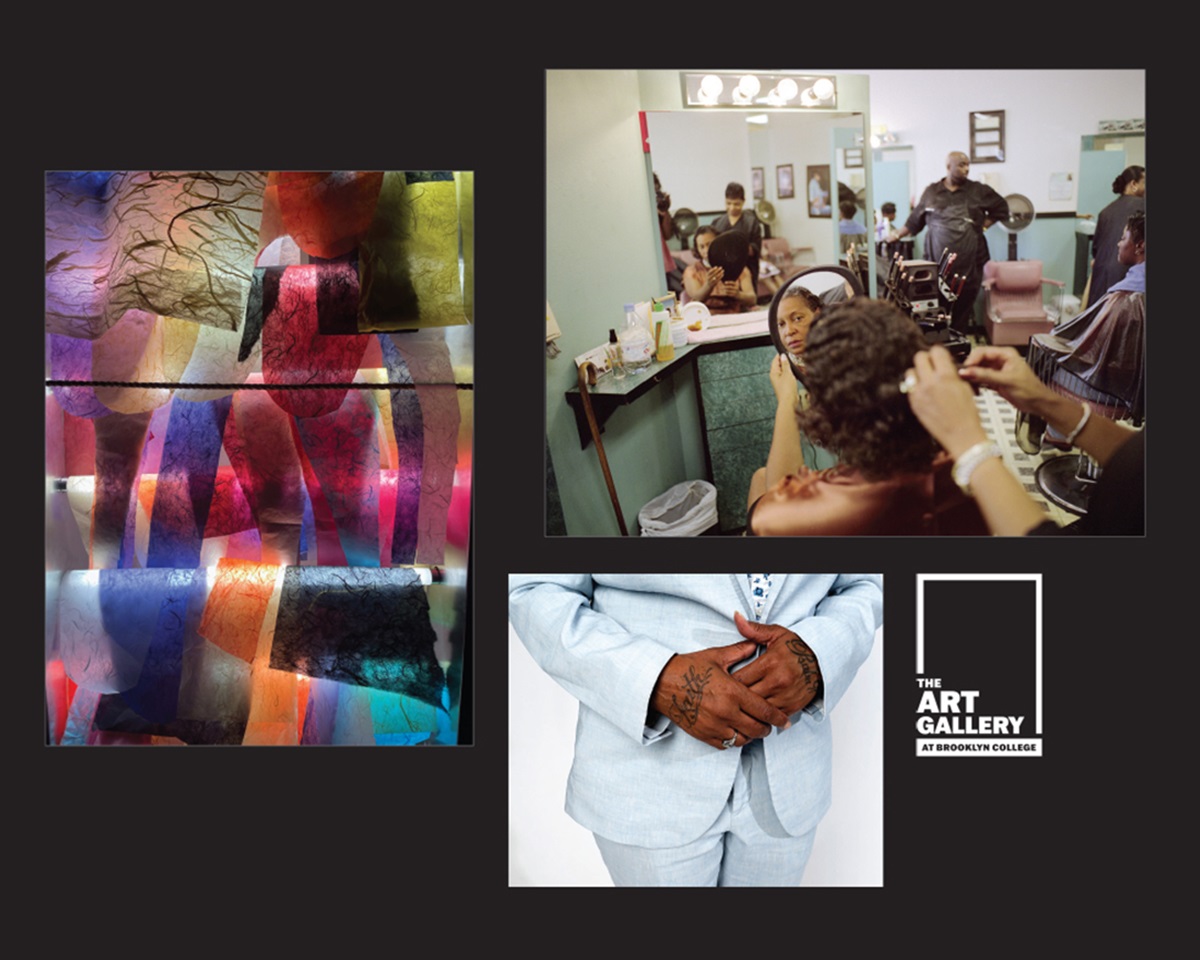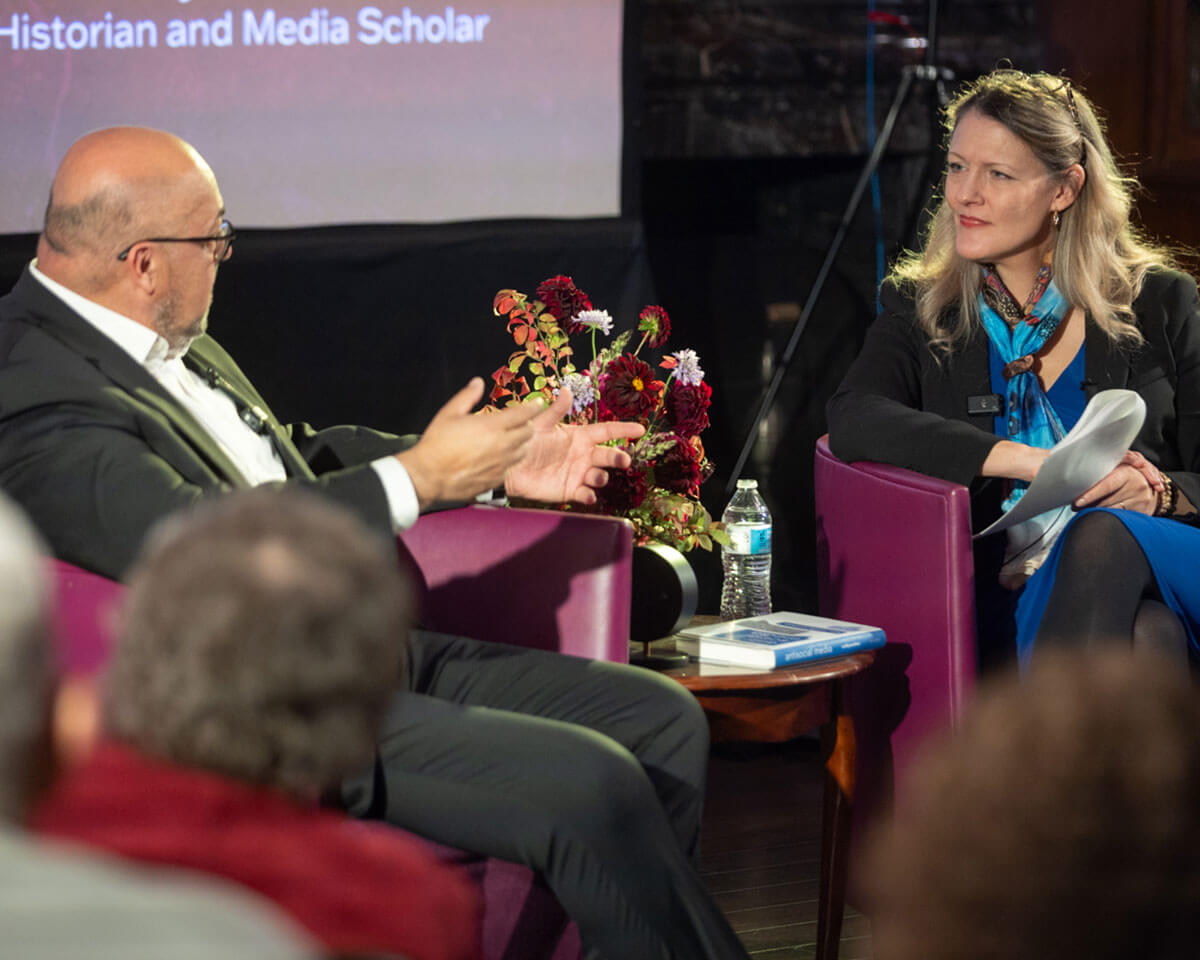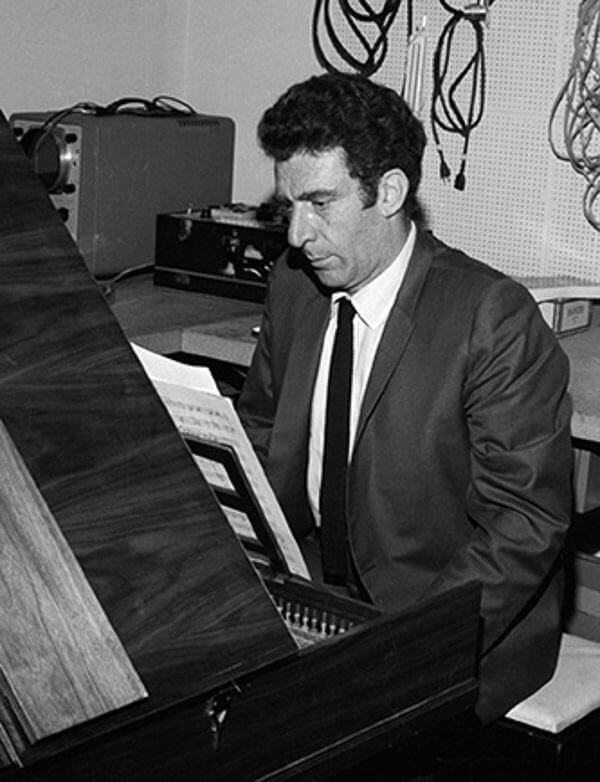
In the mid-1970s, famed composer Robert Starer, then a faculty member at the Conservatory of Music, proposed the idea of an electronic music studio at the college.
The idea of creating an electronic music studio at Brooklyn College came to light in the mid-1970s with the establishment of the Brooklyn College Center for Computer Music. Co-directors Jacob Druckman and Noah Creshevsky led the new center starting with a slew of Moog analog synthesizers until 1978, when Charles Dodge took over as director and raised the CCM to a world-class standing.
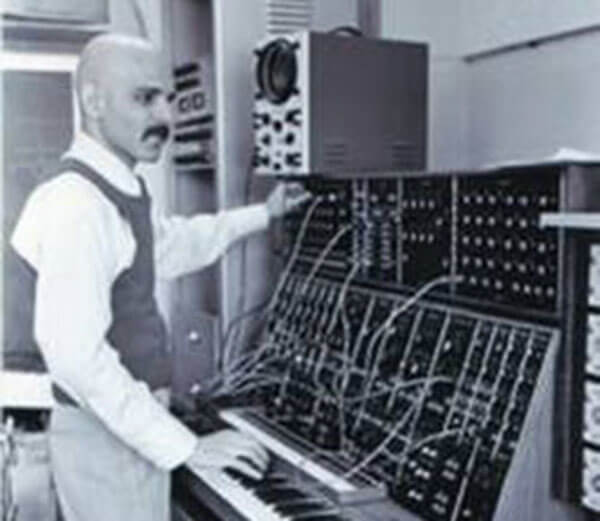
Seen here in the 1970s, Noah Creshevsky taught in the Conservatory of Music and was an early director of the Center for Computer Music. He is widely recognized for his compositional genre known as hyperrealism.
Under Dodge’s leadership, the CCM became one of the most highly regarded centers for computer music in the world, prompting the National Endowment for the Arts to give it the highest rating for computer music facilities, topping the likes of Princeton, Yale, MIT, CalArts, and UC Berkeley.
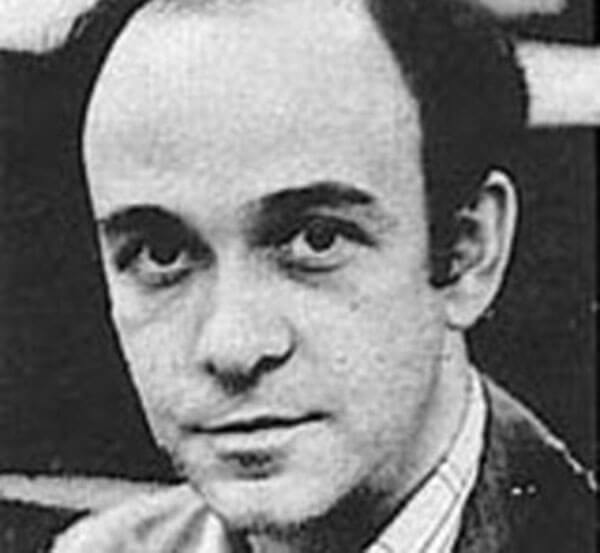
Charles Dodge was director of the CCM from 1978 through to the early 1990s. Under his leadership, the Center came of age and cemented its place as a world-class facility.
Today, the CCM promotes musical and interdisciplinary projects using a variety of computer applications. The focus of the center is on digital audio, synthesis, and digital signal processing. The recording studio is equipped with multi-track digital recording and a variety of high-quality microphones, mixers, and digital audio workstations. In the Leonard & Claire Tow Center for the Performing Arts, the center’s control room is linked to a medium-sized room for solo and chamber music recordings and to a fully equipped 200-seat theater for larger ensembles.
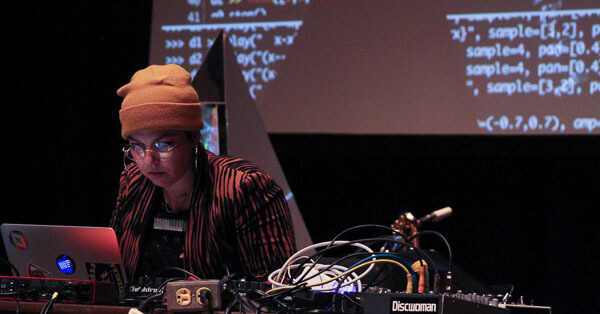
The Sonic Arts end-of-semester show in December 2019 was held at the Buchwald Theater in the Leonard & Claire Tow Center for the Performing Arts. Photo Credit: Professor Doug Geers
Under the center and along with the Conservatory of Music, the Feirstein Graduate School of Cinema, located at Steiner Studios, hosts the graduate programs in sonic arts and media scoring. Other programs in which the center plays a key role include the Ph.D. in music composition (via the CUNY Graduate Center), the graduate interdisciplinary Performance and Interactive Media Arts program, the master’s degree and the undergraduate degree in music composition, and the undergraduate minor in music technology.
Return to the BC Magazine

